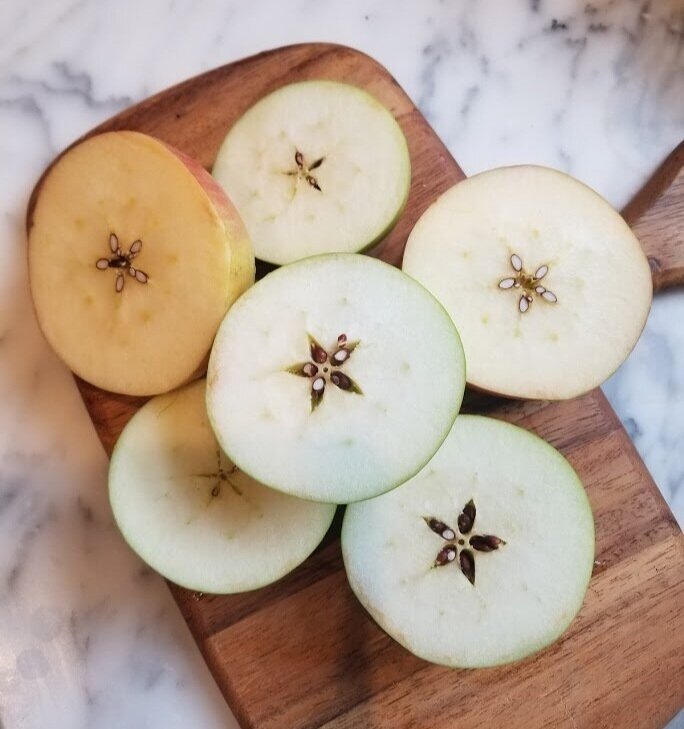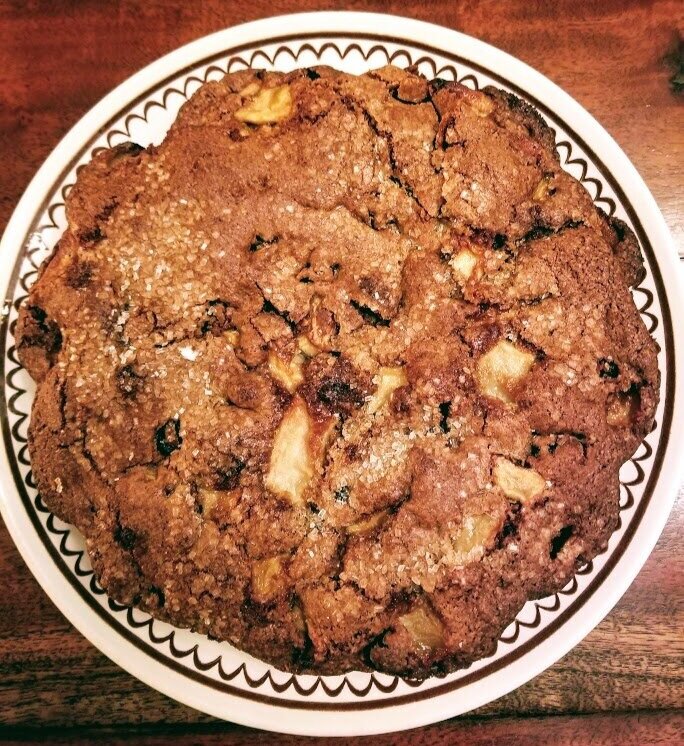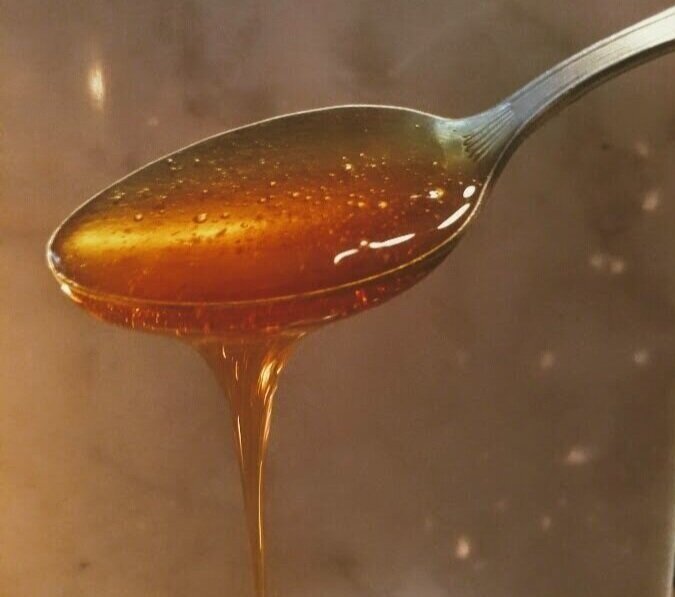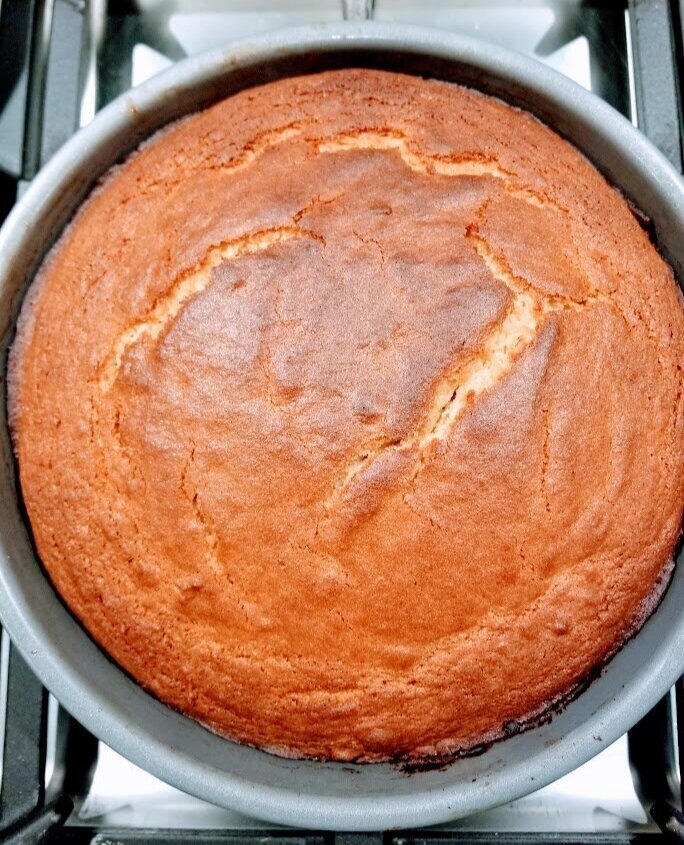Autumn with Frost
November is almost finished and I have been thinking about what to do for this Thanksgiving entry. After turning it around and around in my brain, I realized that the words of Robert Frost are what comes to my mind whenever fall arrives. Of course, Frost had plenty to say about springtime and summer, and winter too, but it’s his melancholy acceptance of the near-end of things, evident in autumn, that resonates with me. Even as a child, reading from our family book of Frost’s poems, with its sepia- toned cover photograph of sunlight filtered through leaves, I was drawn to the sadder, ruminative pieces of poetry: I defy you to find another eleven- year- old whose favorite poem was The Death of the Hired Man. But I think my little anxious self was soothed by Frost’s acceptance of things as they were.
So now, we are at a time of year normally reserved for acceptance, and gratitude. Leaves turn from green to brown, we settle down for winter, and begin the season of thankfulness. This year acceptance and thankfulness are, for some people, very hard things to find. But we carry on. Maybe, cook an apple cake and share it with someone you love. I’m not audacious enough to suggest that anything I say is helpful to you at this point. But for a few hours, put yourself in Frost’s world of apple picking, falling leaves, drawing darkness, and acceptance.
(See below for a really delicious apple and raisin cake.)
After Apple Picking
My long two-pointed ladder’s sticking through a tree
Toward heaven still,
And there’s a barrel that I didn’t fill
Beside it, and there may be two or three
Apples I didn’t pick upon some bough.
But I am done with apple-picking now.
Essence of winter sleep is on the night,
The scent of apples: I am drowsing off.
I cannot rub the strangeness from my sight
I got from looking through a pane of glass
I skimmed this morning from the drinking trough
And held against the world of hoary grass.
It melted, and I let it fall and break.
But I was well
Upon my way to sleep before it fell,
And I could tell
What form my dreaming was about to take.
Magnified apples appear and disappear,
Stem end and blossom end,
And every fleck of russet showing clear.
My instep arch not only keeps the ache,
It keeps the pressure of a ladder-round.
I feel the ladder sway as the boughs bend.
And I keep hearing from the cellar bin
The rumbling sound
Of load on load of apples coming in.
For I have had too much
Of apple-picking: I am overtired
Of the great harvest I myself desired.
There were ten thousand thousand fruit to touch,
Cherish in hand, lift down, and not let fall.
For all
That struck the earth,
No matter if not bruised or spiked with stubble,
Went surely to the cider-apple heap
As of no worth.
One can see what will trouble
This sleep of mine, whatever sleep it is.
Were he not gone,
The woodchuck could say whether it’s like his
Long sleep, as I describe its coming on,
Or just some human sleep.
—————
Now Close the Windows
Now close the windows and hush all the fields:
If the trees must, let them silently toss;
No bird is singing now, and if there is,
Be it my loss.
It will be long ere the marshes resume,
I will be long ere the earliest bird:
So close the windows and not hear the wind,
But see all wind-stirred.
——————
Acceptance
When the spent sun throws up its rays on cloud
And goes down burning into the gulf below,
No voice in nature is heard to cry aloud
At what has happened. Birds, at least must know
It is the change to darkness in the sky.
Murmuring something quiet in her breast,
One bird begins to close a faded eye;
Or overtaken too far from his nest,
Hurrying low above the grove, some waif
Swoops just in time to his remembered tree.
At most he thinks or twitters softly, 'Safe!
Now let the night be dark for all of me.
Let the night be too dark for me to see
Into the future. Let what will be, be.'
A perfect Jonagold apple.
This is an apple cake that I adapted from one posted by Andrew Zimmern, which he had already adapted from Hope Becerra while in Missouri. I kept most of the measurements, used raisins instead of pecans, and changed the spices. The original recipe uses only cinnamon. I used cinnamon, cardamom, and cloves.
This is very easy and very moist and very delicious.
Preheat your oven to 350.
Mix one cup each brown and white sugar, two cups flour, 1 tsp baking soda, 1 tsp salt, 1 tsp cinnamon, 1/2 tsp cardamom, and a pinch of ground cloves. I don’t like a lot of cloves but I do like the warm flavor it brings. So if you ask me, don’t overdo your pinch.
To that add: 1/2 cup oil, two beaten eggs, four diced apples, and 1/2 cup raisins. I used two Jonagold and two Rhode Island Greening apples. This mixture will be very thick, you’ll really need to get in there with a spoon or spatula and stir it around. It won’t look like it’s going to come together but it will.
I put this in a well greased nine inch cake pan, and sprinkled the top with sanding sugar- you can use regular sugar or a cinnamon sugar combination. Then into the oven at 350 for about an hour.
We only had whipped cream for this and it was so good, but I bet vanilla ice cream would have been better
Apple Cake massacre. I had to stop them from cutting more slices. My son, the 10 year old sweets connoisseur, asked for this to be his next birthday cake. Happy Thanksgiving!











